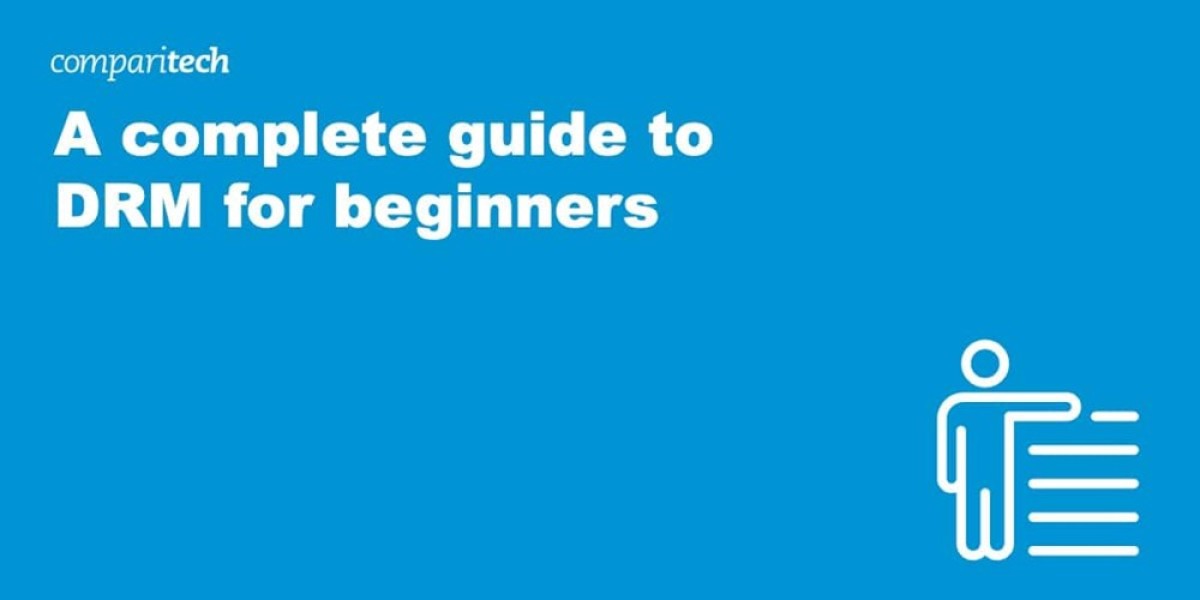Understanding Digital Rights Management (DRM): A Comprehensive Overview
Digital Rights Management, commonly abbreviated as DRM, encompasses technologies designed to control how digital content and devices are used. These systems restrict actions that content owners consider unauthorized, even after purchase.
What Exactly Is DRM?
DRM technologies serve as gatekeepers that limit what you can do with products you've purchased. These restrictions can prevent copying, sharing, format conversion, modification, or repair of digital content and hardware.
In many jurisdictions, bypassing these restrictions isn't just against terms of service—it's actually illegal.
The Business Case for DRM
Content creators and distributors implement DRM for several reasons:
- Protection against unauthorized distribution
- Maintaining control over how content is consumed
- Creating consistent revenue streams
- Enforcing subscription models
- Preventing competitors from developing compatible products
Controversial Aspects of DRM
Critics, including organizations like the Electronic Frontier Foundation, argue that DRM:
- Doesn't effectively prevent determined piracy
- Interferes with legitimate ownership rights
- Creates inconvenience for paying customers
- Stifles innovation and competition
- Can hide product flaws from security researchers
- Often serves corporate interests rather than consumer protection
Real-World DRM Examples
Hardware Implementations
- Apple removing the headphone jack, potentially enabling audio playback restrictions
- Printers rejecting third-party ink cartridges
- Smart TVs that limit recorded content to the recording device
- Keurig coffee makers designed to reject non-brand coffee pods
Software Implementations
- DVD and Blu-ray encryption preventing backup copies
- iOS restricting app installation to Apple's App Store
- Software activation limits tied to specific devices
- Games requiring persistent internet connections for authentication
- Product keys that prevent resale of software
What Isn't Considered DRM
Not all access restrictions qualify as DRM. For example, subscription streaming services like Netflix or Spotify don't implement DRM in the traditional sense—you're paying for access to a service, not ownership of content.
The distinction lies in ownership: DRM specifically restricts what you can do with products you legally own.
The Future of DRM
As technology evolves, so do DRM implementations. Blockchain technology is being explored as a potential next-generation DRM solution, though it remains to be seen whether this will address current criticisms or create new concerns.
Despite ongoing debates, DRM remains a significant factor in the digital landscape, influencing how we interact with technology and media in our daily lives.Understanding Digital Rights Management: A Beginner's Guide
Digital Rights Management (DRM) is often misunderstood, so it's important to clarify what it actually encompasses. DRM specifically refers to technologies designed to control access to copyrighted content after purchase - not simply market limitations or compatibility issues.
For example, when only one company manufactures printer cartridges for a specific printer model, this isn't DRM - it's just a market limitation. The distinction can sometimes become blurry, particularly when restrictions are implemented for safety reasons rather than copyright protection.
The Legal Framework
The 1998 Digital Millennium Copyright Act (DMCA) plays a central role in DRM enforcement in the United States. This legislation criminalizes the circumvention of DRM protections regardless of intent. While designed to prevent piracy, the DMCA has had several unintended consequences:
- Hindering legitimate security research
- Blocking competitive product development
- Restricting fair use rights
The Effectiveness Question
One of the most significant criticisms of DRM is its questionable effectiveness. Despite legal protections, DRM systems are routinely bypassed, with circumvention methods readily available online. This creates a paradoxical situation where law-abiding consumers face inconveniences while those intent on piracy find ways around the restrictions.
Alternative Approaches
Several promising alternatives to traditional DRM exist:
- Streaming models like Netflix, which provide convenient access without permanent ownership complications
- Lightweight Content Protection (LCP), which aims to create standardized, cross-platform encryption without locking users into specific ecosystems
- DRM-free distribution, which has proven successful for companies like CD Projekt Red, whose DRM-free game The Witcher 3 achieved record-breaking sales
Consumer Options
As a consumer, you can influence the DRM landscape by:
- Supporting companies that offer DRM-free products
- Purchasing from marketplaces committed to DRM-free options like GOG.com
- Advocating for transparent product labeling regarding DRM implementation
Future Developments
Blockchain technology represents an emerging frontier for digital rights management. Its decentralized ledger system could potentially verify ownership without traditional DRM restrictions. However, the implementation details will determine whether blockchain-based solutions benefit or further restrict consumers.
Ultimately, the most successful approaches will likely balance legitimate copyright protection with respect for consumer rights and convenience.
What is a Netflix VPN and How to Get One
A Netflix VPN is a specialized virtual private network service that enables viewers to bypass geographical restrictions on streaming content, allowing access to different regional libraries of shows and movies that might otherwise be unavailable in their location. When users connect to a Netflix VPN, they can essentially mask their actual location and appear to be browsing from a different country, thereby unlocking a vastly expanded catalog of entertainment options that Netflix offers across various international markets.
Why Choose SafeShell as Your Netflix VPN?
If you’re facing issues like Netflix vpn not working when trying to access region-restricted content, consider switching to SafeShell VPN for reliable performance.
1. Enjoy optimized high-speed servers designed specifically for Netflix, eliminating buffering and ensuring smooth HD streaming.
2. Connect up to five devices simultaneously across all major platforms, from smartphones to smart TVs.
3. Leverage the exclusive App Mode to access multiple regional libraries at once, vastly expanding your content options.
4. Experience lightning-fast speeds without bandwidth throttling for uninterrupted downloads and streaming.
5. Benefit from top-level "ShellGuard" encryption that shields your browsing activity and sensitive data.
6. Test all features risk-free through SafeShell VPN’s flexible free trial before committing.
A Step-by-Step Guide to Watch Netflix with SafeShell VPN
To start using SafeShell Netflix VPN , the first step is to subscribe to the service. Visit the SafeShell VPN website and select a plan that suits your needs. Once you have chosen your plan, click the "Subscribe Now" button to complete the subscription process. After subscribing, download and install the SafeShell VPN app on your device. The app is available for various platforms, including Windows, macOS, iOS, and Android, so make sure to choose the version that matches your device.
Once the app is installed, launch it and log in with your account credentials. SafeShell offers two modes, but for the best Netflix experience, it is recommended to use the APP mode. Next, browse the list of available servers and select one located in the region whose Netflix content you want to access, such as the US, UK, or Canada. Click on "Connect" to establish a connection to the chosen server. Finally, open the Netflix app or visit the Netflix website, log in with your Netflix account, and enjoy streaming content from the selected region.









